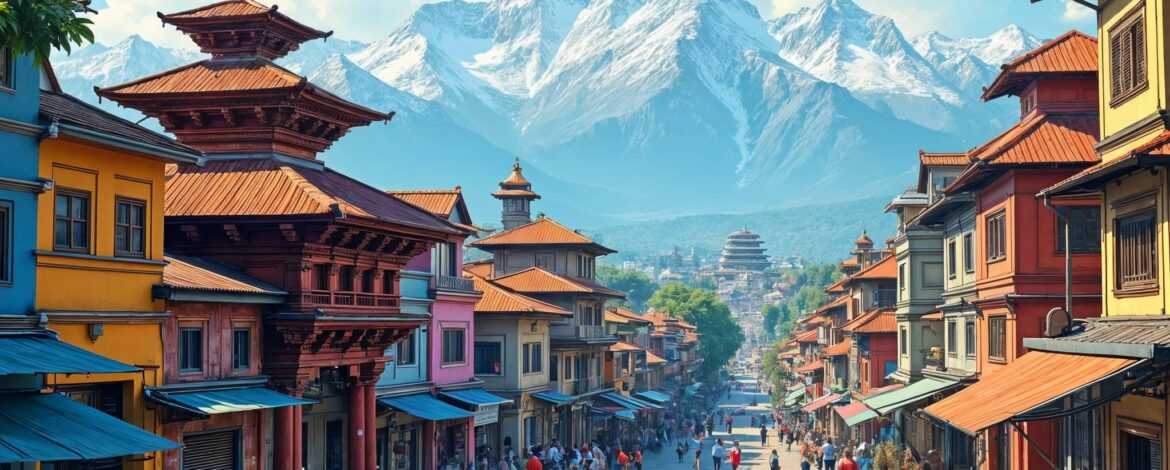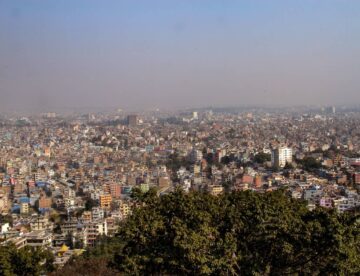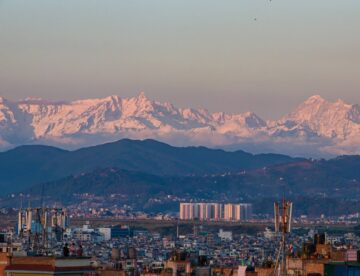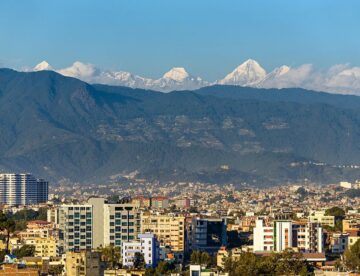Kathmandu’s real estate market is currently experiencing a dynamic transformation, characterized by significant growth and evolving trends. According to a Statista Market Forecast, the real estate market in Nepal is projected to grow by 3.26% from 2024 to 2029, reaching a market volume of approximately US$513.30 billion by 2029. This growth reflects a robust demand for real estate in Kathmandu, making it an attractive landscape for both buyers and sellers.
Urbanization and Population Growth Fueling Real Estate Demand
One of the primary drivers of this demand is the rapid urbanization and population growth in the region. The population of Kathmandu is increasing at an annual rate of 6.67%, leading to a surge in housing needs. This growing demand, coupled with limited supply, has resulted in skyrocketing property prices.
The limited availability of land has driven property prices to new heights in Kathmandu’s real estate market. An average Nepali worker would need to save their entire salary for over 10 years to afford land in the capital, highlighting the unaffordability crisis in the market.
Smaller Houses and Apartments in Demand
In terms of property types, there is a noticeable shift toward smaller commercial houses and apartments. Buyers are increasingly opting for affordable options as property prices continue to rise. These smaller properties offer a solution for those wanting to invest in real estate without stretching their finances too far.
Prime Locations vs. Suburban Areas
Prime neighborhoods such as Lazimpat, Baluwatar, Bhaisepati, Gyaneshwor, and Boudhanath command higher prices due to their proximity to key amenities, while suburban areas like Tokha offer more budget-friendly alternatives. Luxury apartments in these prime locations can are more expensive making them a significant investment for affluent buyers.
Luxury Apartments Growing in Demand
Kathmandu’s real estate market has seen growing demand for luxury apartments is reshaping the market. Affluent buyers are increasingly investing in high-end apartments in central areas, drawn to amenities like modern facilities, proximity to business hubs, and higher resale values. This trend is especially prominent in upscale locations.
Legal Considerations for Real Estate Buyers in Kathmandu
For prospective buyers, understanding the legal requirements is crucial. This includes knowledge of property ownership laws, necessary documentation, and the registration process. Engaging with local real estate agents can provide valuable insights into the market dynamics and help navigate the complexities of property transactions.
Conducting thorough market research is essential for making informed decisions. Buyers need to stay up-to-date with current real estate trends, pricing strategies, and neighborhood developments. This helps in identifying opportunities and avoiding overpaying for properties.
The regulatory environment in Kathmandu can be complex, with various laws governing property transactions. Both buyers and sellers must familiarize themselves with local regulations, including zoning laws, property taxes, and other legal requirements to avoid potential legal pitfalls during transactions.
Effective Marketing Strategies for Sellers in Kathmandu
Sellers must focus on effective marketing strategies to attract potential buyers. Utilizing online platforms and social media can enhance property visibility. Understanding local market trends is also essential for setting competitive prices and ensuring that properties attract serious buyers.
Future Outlook: Real Estate Growth and Investment Opportunities in Kathmandu
IThe real estate market in Kathmandu is poised for growth, presenting significant opportunities for both buyers and sellers. By understanding the market dynamics, legal requirements, and effective strategies, stakeholders can navigate this evolving landscape successfully. For more insights, consider exploring the complete guide to Kathmandu’s real estate to stay informed about the latest trends and opportunities.
Recommended reading: Factors Affecting the Price of Housing in Nepal






